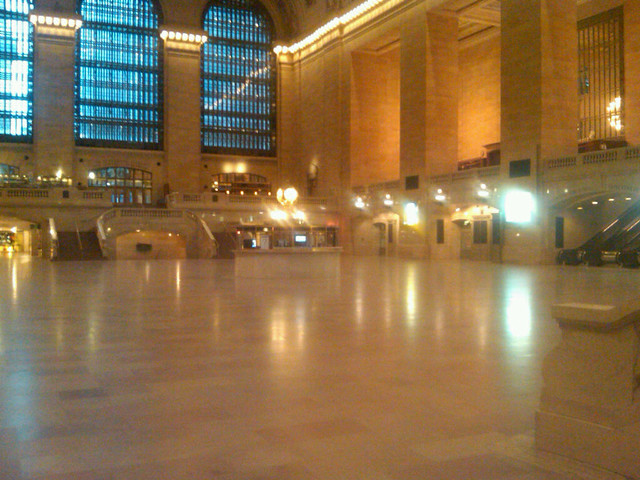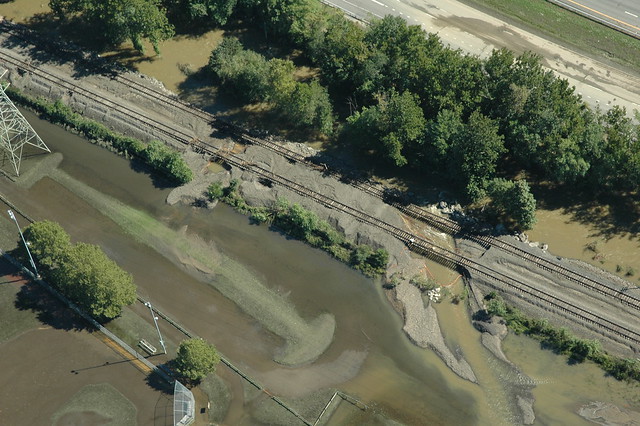When the MTA starts operating trains to 11th and 34th Street in a few years, it will be doing so to a station paid for by the City of New York and over tracks paid for by the same. It’s all well and good that someone else decided to foot the bill for this transit extension, but once construction wraps up, that’s all she wrote. For the rest of its existence, the MTA will have to pay the operating and maintenance costs for this extension of the subway system.
The same thing, of course, happens all around town. Phase 1 of the Second Ave. Subway will increase operating costs as the MTA will have to run trains to the Upper East Side while maintaining levels of service to Astoria and Brooklyn along the BMT lines. The East Side Access project will require more rolling stock, more personnel and more long-term upkeep for the LIRR as well. Even as the capital dollars stop, these projects still cost the MTA money.
Meanwhile, politicians are often arguing for an increase in the MTA’s expenditures without even realizing. Constantly, elected officials and community boards call upon the authority to increase bus frequency or add new routes to better serve neighborhoods. But who is going to pay? In an ideal world, any new fares generated by the increased service would cover its operating costs, but since we live in a world in which transit fares are kept artificially low to stimulate ridership while direct subsidies are eliminated, no one ends up paying the operating costs. The MTA’s expenses mount, and they have to cut from somewhere else in the budget.
Recently, we’ve seen a somewhat similar drama play out with the Port Authority. A few weeks ago, the PA proposed a massive increase in tolls and fares, and the proceeds were to go toward an ambitious ten-year capital plan that would have improved rivers airports, roads and rails throughout the region. After a faux-political uproar, the PA approved a reduced fare and toll hike package but had to scale back some upgrade projects as well. For example, upgrades described by the authority as “critically” at Newark and LaGuardia Airports will be delayed.
Earlier this week, Port Authority head Chris Ward lashed out at politicians who refused to accept the Port Authority’s budget on the one hand and want fancy new projects on the other. “The reality,” he said to the New York Building Congress, “is that you cannot always do more with less. Sometimes you simply must do more, and we’ll be playing catchup with the rest of the world until that reality becomes a part of our political conversation.”
During his speech, Ward also praised Governors Chris Christie and Andrew Cuomo for ultimately accepting the Port Authority’s budget. “We live in the reality of practical decision making and decisions were made for what can in fact be a level of tolls that work within this region, and the governors showed their leadership,” he said. (For more on Ward’s speech, check out Transportation Nation’s coverage.)
Now, of course, Ward has to strike a conciliatory tone toward the two state executives, but his first statement bears a closer look. For years, we’ve heard a lot about doing more with less. The MTA is trying to make every dollar count, as they remind us frequently, and Albany is still pushing for a forensic audit. Some politicians want to roll back the payroll tax; others balk at tolling the East River; and everyone wants more, more, more.
At a certain time, though, more is going to cost something. If we want more reliable service, better airports or even a smoother ride into the Lincoln Tunnel, we’ll have to pay for it. As I wrote last week, decisions we make now burden the future and that includes decisions made to avoid funding a project. If we can’t stomach the costs now and the infrastructure falls into further disrepair, it’s just going to be more costly to fix it in the future. Chris Ward knows what he’s talking about, but does anyone controlling the purse strings see it that way too?




